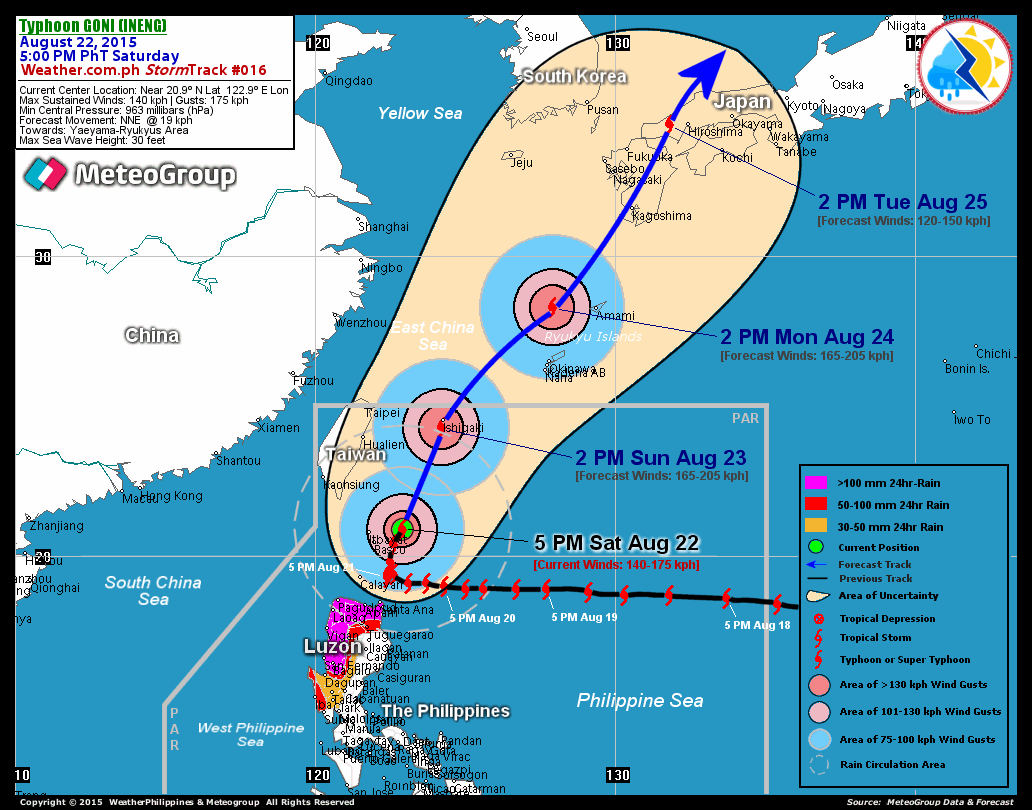Mayor's surprise visit to Cuba (WVUE)
New Orleans mayor Ray Nagin has chosen to learn about disaster management from Cuba's Defense Committee. This is a clear case of ideology taking precidence over safety.
Why would the mayor of a mainland city need to seek guidance from an island nation?
If Cuba has effective methods for evacuating people out of harms' way, and I hope they do for their people's sake, then that is totally irrelevant with regards to a city such as New Orleans. An island nation such as Cuba, the Bahamas, Dominican Republic and others have unique evacuation challenges that must be addressed. The authorities on island nations have to find a way to shift their populations from the path of danger when there is no place to go.
People who live near the shore have to be moved inland but heavy rains in the mountains can produce mudslides and flash floods. Frequently the cone of uncertainty is wider that the island itself so how do you get out of the way.
If Ray Nagin wanted to learn effective storm preparation methods that could be applied to his city, then he should go to FLORIDA, not CUBA.
In 2004, Florida was battered by four storms in a row. In 2005 when New Orleans was hit by Katrina, Florida was battered by another three storms including Wilma, the storngest storm on record based on central pressure. Nagin needs to ask Jeb Bush what works.
Another option is for Nagin to visit his neighbor Haley Barbour in Mississippi. Mississippi was successful in evacuating their coast before New Orleans even began their evacuation.
Could it be that Ray Nagin is too proud to talk to his Republican neighbors? Does ideology prevent a Democrat from learning a thing or two from a Republican?
Of course the Mississippi's coastal cities are no where near the size of New Orleans in area or population. Lyda Ann Thomas, the mayor of Galveston knows about protecting a coastal city. The evacuation preceeding Hurricane Rita is frequently criticized due to the overwhelming traffic jam stretching over 100 miles from Houston. The facts are that Galveston Island was empty days before Rita came ashore and Galveston County was evacuated 24 hours before landfall. Additionally, the problems that were discovered were recognized and changes were made as quickly as possible. When Hurricane Ike made a direct hit, the evacuation went smoothly. The great loss of life on Bolivar Peninsula, as in Katrina, were people who did not leave.
Cooperation between Mayor Thomas, Galveston Emergency Management, Houston mayor Bill White and Governor Perry showed how competent officials can work together. Oh, by the way, Mayors Thomas and White are Democrats while Perry is a Republican. Party and ideology can be set aside when safety is set as the priority.
The five states along the Gulf Coast have plenty of resources Mayor Nagin could have chosen to work with to improve the safety of New Orleans.
Trackback to:
Dumb Ox Daily News,
Woman Honor Thyself












